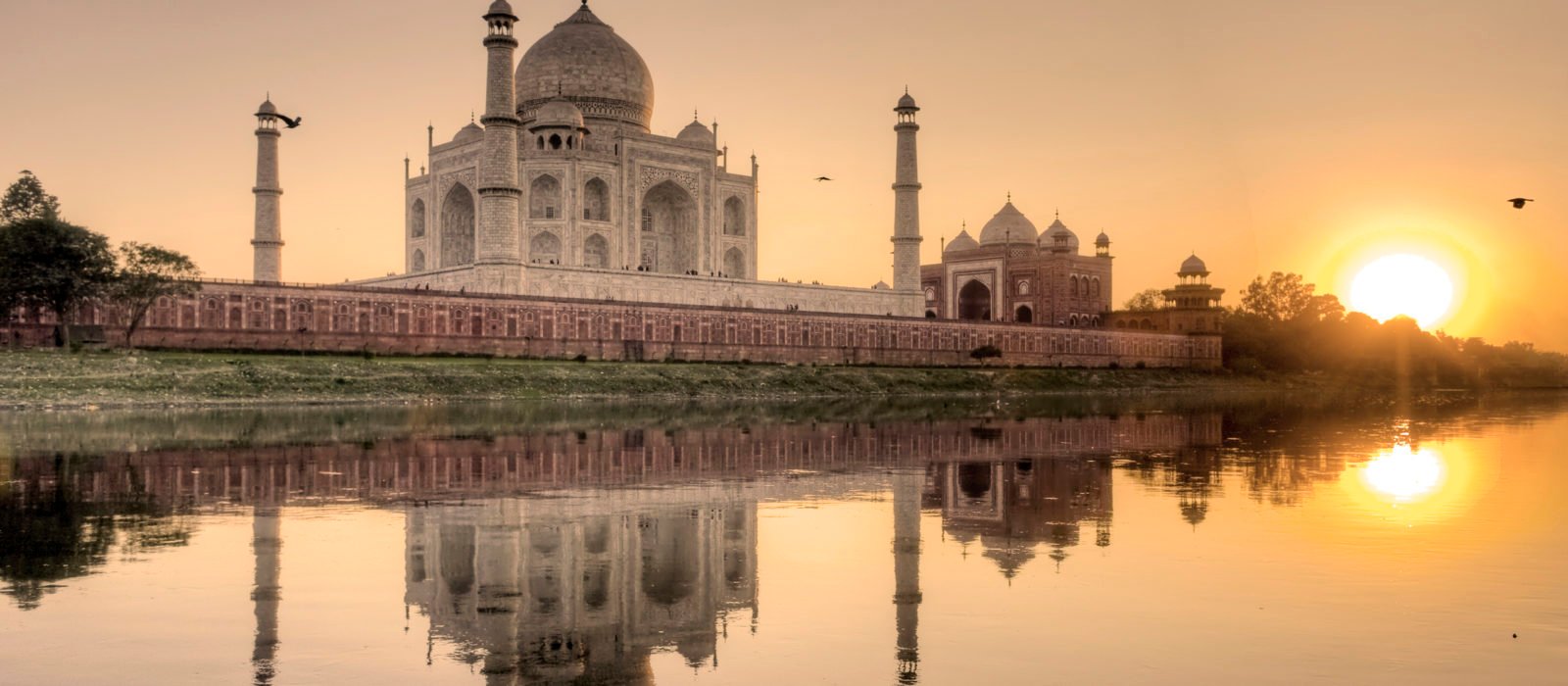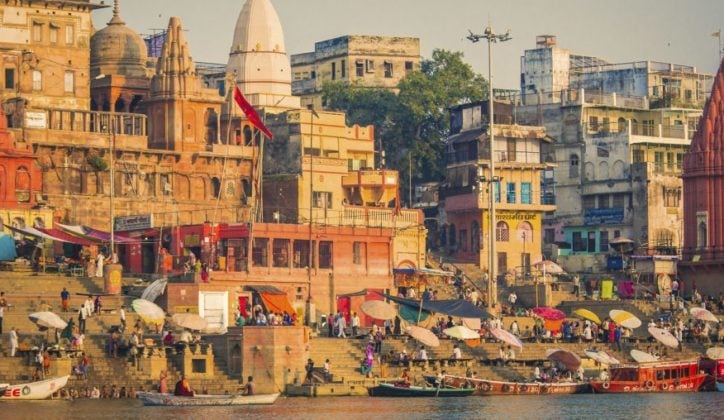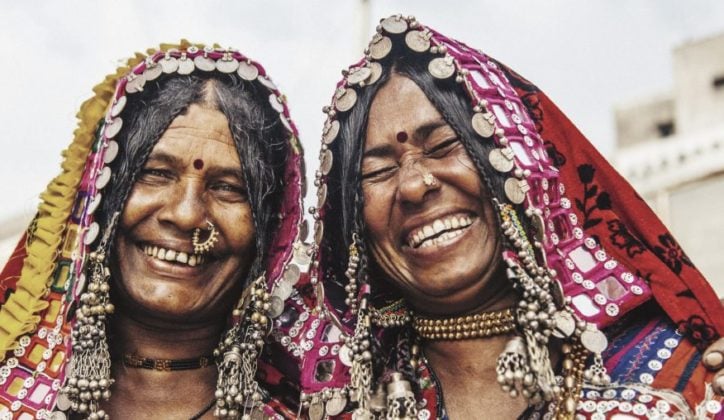Published on: December 5th, 2018
Last updated: July 28th, 2023
India is a country full of diversity. From the arid desert in the north to the lush abundance of greenery in the south, it can be hard to know where to begin when exploring India.
A great place to start is by visiting India’s Golden Triangle. Encompassing capital Delhi, world-renowned Agra and cultural Jaipur, India’s Golden Triangle provides travellers with a stunning mix of northern India’s culture and tradition.
To help you navigate these three incredible cities, we’ve put together this guide on how to visit the Golden Triangle in India.

Delhi
Delhi is a sprawling metropolis and home to over 18 million people. In the past, it has served as the capital of many kingdoms and empires. Today, this international hub is a melting pot of cultures and an eclectic mix of old and new. As well as having centuries worth of history to explore, Delhi is also one of the best places in the country to experience the buzz of modern India.
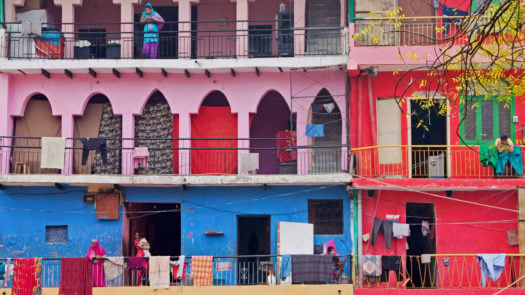

What to do in Delhi
India’s capital is split into two halves: Old Delhi and New Delhi. Old Delhi was built for the Mughal emperor Shah Jahan and protected by more than 8 kilometres of fortified city walls. Although the walls no longer stand tall, the impressive Red Fort and Jama Masjid (India’s largest mosque) survived the city’s many invasions. Wandering through the masjid’s courtyard as flocks of birds swarm around its minaret transports you to centuries gone by.
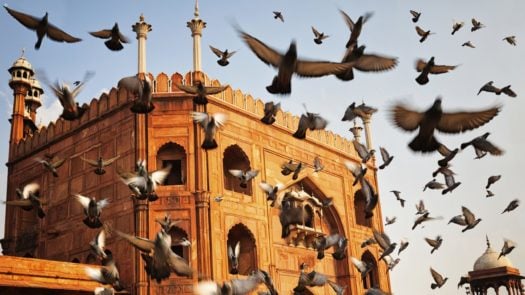
New Delhi is the antithesis to the old city; built by the British to serve as the capital of their empire, New Delhi is characterised by broad avenues and tree-lined boulevards. This side of the city is also where you’ll find modern shopping malls and trendy markets, such as Connaught Place and Chandni Chowk.
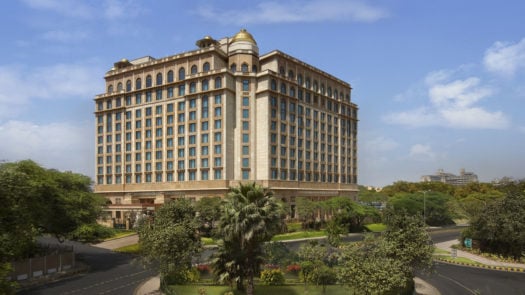
Old Delhi is a labyrinthine network of lanes lined with market stalls. Though seemingly overwhelming at first, there is in fact an order to the chaos. Each street is dedicated to a particular item, with traditional offerings ranging from wedding bangles to spices. Exploring the old city on a rickshaw is a hassle-free way to navigate the bustling alleys.
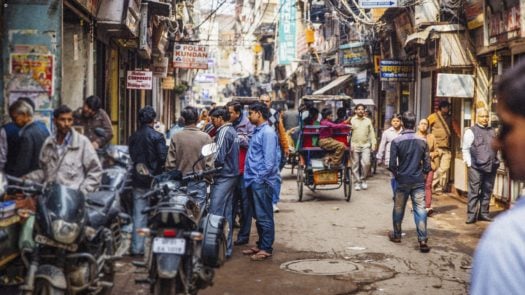
New Delhi, on the other hand, is home to a few impressive structures. Built in 1199 AD, the immense Qutub Minar is one of the standouts. This intricate 72.5 metre (238 foot) tower was built to commemorate victory over the Rajput king and the beginning of Muslim rule in India. Today, this complex is a UNESCO World Heritage Site and an incredibly beautiful place to amble through.
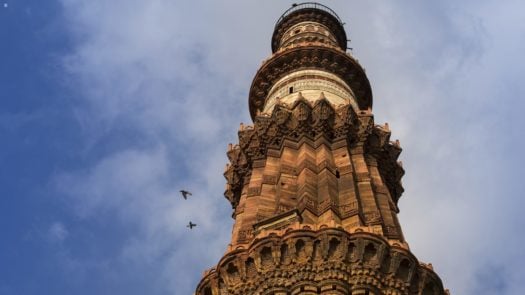
To get in touch with your spiritual side, spend a day with Buddhist practitioner Shantum Seth. During the last few years, this esteemed teacher has been leading inter-faith, educational, cultural and spiritual journeys across India. Visiting the Lotus temple, Sacred Heart Cathedral, Bodhi temple, Laxminarayan temple and Gurdwara Bangla Sahib alongside him offers travellers a fascinating insight into the Buddhist, Hindu and Sikh faiths.
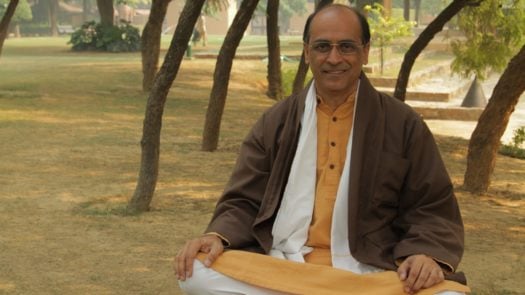

Where to stay in Delhi
The Imperial
One of Delhi’s most iconic hotels, The Imperial harks back to the days of the Raj. Filled with old-world charm, it’s a historical landmark, as well as an opulent property in which to spend your days. Grandiose rooms come with beautifully styled antique furniture and marble floors. The Imperial is also a haven for foodies; four restaurants offer south east Asian, gourmet Indian and European cuisine, a tea lounge and pastry shop are perfect for those with a sweet tooth and the hotel’s two bars are some of the city’s most popular.
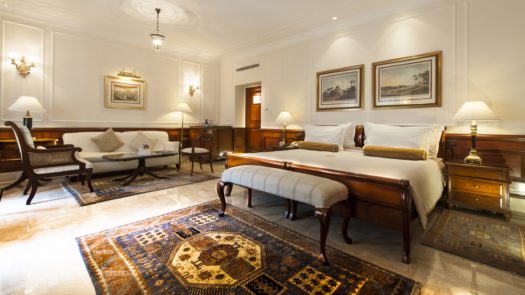
After they have satisfied their taste buds, guests can unwind with a dip in the outdoor swimming pool or an Ayurvedic spa treatment. This splendid hotel is perfectly placed to explore Delhi. Located on the Janpath, it’s just a few moments walk from shopping district Connaught Place and a short rickshaw ride from India Gate.
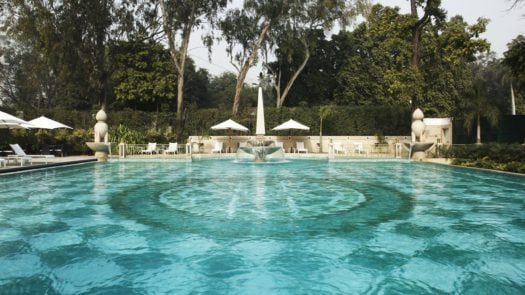
The Lodhi
The Lodhi provides a more modern feel, with clean lines, crisp decor and a modern take on Moghul architecture. Despite being set in the heart of New Delhi, the hotel’s 40 rooms give it an intimate and exclusive feel. Elegant rooms come with private balconies and indoor plunge pools, with windows offering views out over Humayun’s Tomb and the Lodhi Gardens. Guests are spoilt for choice when it comes to dining options here; the On the Waterfront restaurant has a real buzz about it and is great for private parties, while The Elan focuses on India’s diverse culinary traditions from the north to the south.
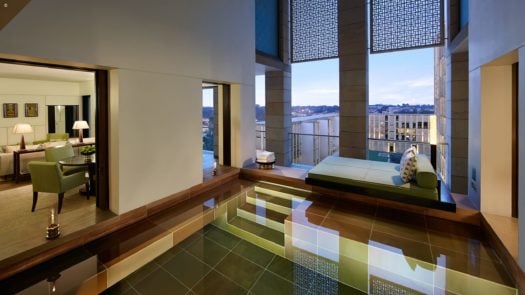
There is something to cater to every type of traveller at The Lodhi. Guests can relax with a good book in the library or cigar lounge or keep active at the 50m lap pool, tennis courts, squash courts and gym. After a day of sightseeing and exploring bustling Delhi, The Lodhi is a welcome retreat.


Agra and the Taj Mahal
The city of Agra is world renowned as being the home of the Taj Mahal, and it has been a feature of the history books for centuries. Nothing quite prepares you, though, for seeing this Wonder of the World in person. A perennial symbol of eternal love, the astonishing building is adorned with precious stones, intricate carvings and ornate inscriptions of the Quran. Although most travellers understandably visit Agra to make a pilgrimage to the Taj Mahal, it’s also worth venturing out to the magnificent Agra Fort, which lies 3km to the west of the city.
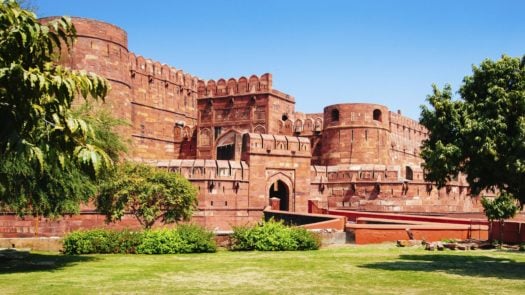

What to do in Agra
Of course, visiting the Taj Mahal is a must-do while you’re in Agra. Sitting on the banks of the holy Yamuna River within 42 acres of beautiful gardens, the domed mausoleum is surrounded by minarets on all four sides. The story behind the Taj Mahal’s construction is epic. Heartbroken after the death of his favourite wife, Mughal Emperor Shah Jahan set about building the world’s most beautiful monument in her honour. Astoundingly, it took a workforce of over 20,000 men 22 years to build, and their hard work is reflected today in the impossibly beautiful structure. As the world’s greatest symbol of love, this icon of India is truly awe-inspiring.
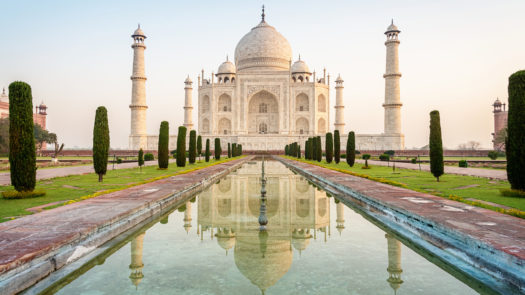
The most magical times to see this iconic structure are sunrise and sunset. As the light changes, the Taj Mahal’s colour changes too, and during these hours, it is bathed in an ethereal golden glow. At sunset, the light plays on the mausoleum’s marble and its reflection shimmers in the surrounding water. As the sun rises and basks the Taj Mahal in morning light, the marble changes from a soft golden glow to a dazzling white. There are fewer crowds at sunrise and sunset, so visiting at these times allows for a much more intimate experience.
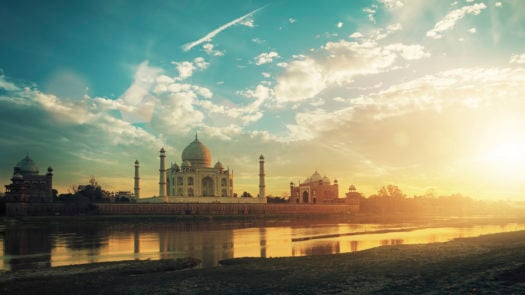
The Taj Mahal is undeniably Agra’s showstopper, but it is also worth visiting the sandstone Agra Fort. Just a few kilometres west of the Taj Mahal, this red fortress is where Shah Jahan was imprisoned by his son. A UNESCO World Heritage Site, there is plenty to explore in this hidden fort. Visitors can see the art and crafting of the white marble that has made the area so famous, visit the tranquil Pearl Mosque or explore the Halls of Public and Private Audience.
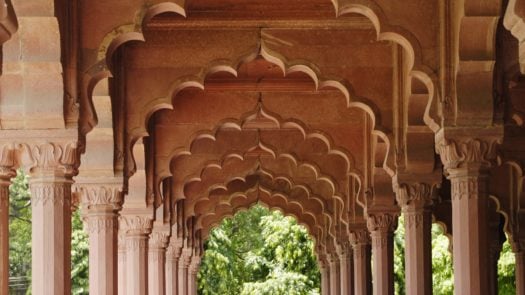

Where to stay in Agra
The Oberoi Amarvilas
Located just 600 metres from the Taj Mahal, guests at The Oberoi Amarvilas are never far away from this Wonder of the World. From the rosy glow of the morning light to the golden tint of the setting sun, the Taj Mahal’s beauty can be appreciated at every moment of the day. This property is reminiscent of the Mughal era – as you enter, you pass through a Mughal-style quadrant complete with an arched passageway and cascading fountains. Each room offers uninterrupted views of the Taj Mahal, with some even featuring bathtubs that look out over the monument. Other luxurious amenities include a restaurant specialising in Indian food, spa and domed marble steam room, outdoor pool and fully-equipped gym.
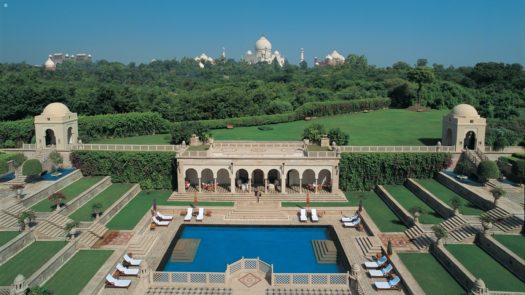
ITC Mughal
The ITC Mughal is also situated close to the iconic Taj Mahal, but offers a more contemporary take on Mughal architecture. An award-winning property, the hotel boasts 233 modern rooms and expansive suites – all set amongst 35 acres of lush gardens. There are dining options to suit every taste – Taj Bano offers fine dining, while authentic northwest Indian food can be found at Peshwari. In keeping with the relaxed feel of Agra, the Kaya Kalp spa here is a real highlight. This vast complex is dedicated to revitalising the mind, body and soul with sumptuous spa suites, royal baths and a Mughal hammam.
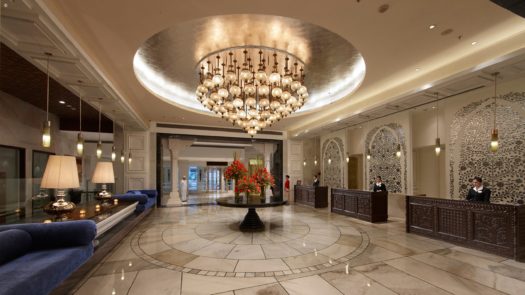

Jaipur
The capital of Rajasthan, Jaipur is often referred to as the Pink City. All buildings in the city were painted the same shade of terracotta pink – the colour representing hospitality – in 1876 when the Maharaja ordered this in anticipation of Prince Albert’s tour of India. Home to some of the state’s most majestic palaces, Jaipur is a fascinating cultural destination. Although the pace of life here is fast, wandering through Jaipur’s terracotta mazes is the perfect way to slow down.
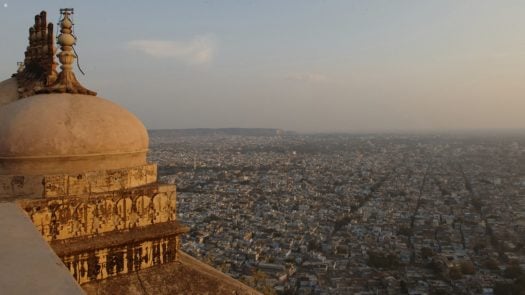

What to do in Jaipur
While in the Pink City, there’s nothing better to do than visit Jaipur’s iconic City Palace. In keeping with the rest of the old city, the sprawling City Palace is a beautiful Mughal structure that is painted in light shades of pink throughout. A blend of Rajput and Mughal styles of architecture, the City Palace is incredibly intricate, with facades covered in the tiniest of details. While the palace is an impressive structure in itself, travellers can also visit several museums housed here, including a textile gallery exhibiting an exceptional selection of textiles and costumes from the royal collection.
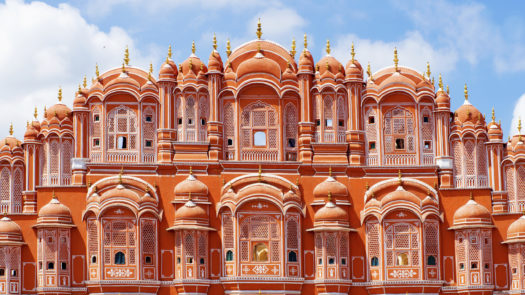
Jaipur is known for its architectural wonders, and there are many to visit throughout the city. The Jantar Mantar is one such impressive structure, known for being the world’s largest sundial. The founder of Jaipur, Maharaja Jai Singh II, was an avid astrologer and built five observatories around northern India during his reign. Today, you can learn about the four geometric devices used for measuring time, tracking constellations and observing orbits around the sun, giving you an insight into how stargazing was enjoyed in the past.
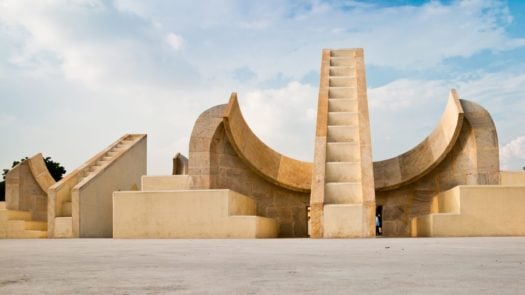
The impressive Amber Fort, located in the ancient capital of Jaipur, is also worth a visit. Majestic fortress walls rise along the Rajasthani hillsides and the main building itself is extremely well preserved. On a tour of this historical landmark, travellers can visit the Jagmandir – or Hall of Victory – with its glittering mirrors, the Jai Mahal and Temple of Kali.
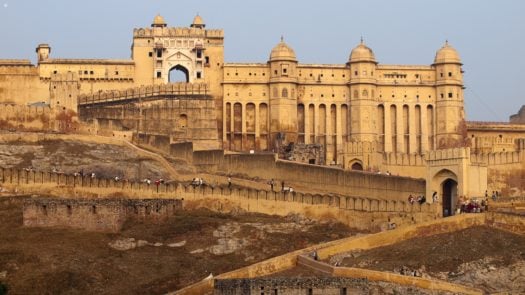
To get an insight into the daily lives of Jaipur city dwellers, travellers can take a wander through the old city’s bazaars. The Badi Chapaud and Johari bazaars in Jaipur’s old city are home to an array of stalls and studios. Local craftspeople here fill their days creating all sorts of local art, including zardozi embroidery, gota work, kinary, silver ornament work and precious and semi-precious stone work. Travellers can also witness the inspiring creativity of local Rajasthanis at the Anokhi Museum of Hand Painting. Here, incredible artists continue to keep the ancient art of block printing on cotton and silk alive.
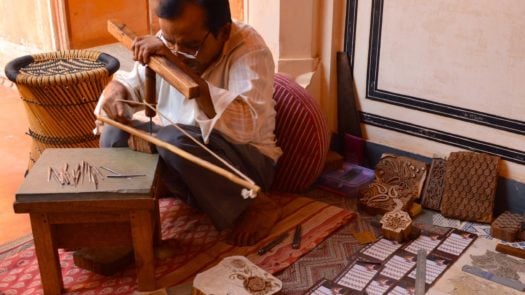

Where to stay in Jaipur
The Oberoi Rajvilas
Located away from the hustle and bustle of Jaipur, The Oberoi Rajvilas feels like staying in your very own fort. Here, 32 acres of incredible verdant gardens house 71 rooms, luxury tents and private villas. This luxury property is also a nod to local culture. In the heart of the resort, an 18th-century Shiva temple hosts Hindu blessings, meditation and morning yoga classes. Restaurant-wise, Raj Mahal serves rarely found Indian delicacies from October to April, while Surya Mahal serves an extensive menu of world cuisine year-round. For those who are after some exercise, the Oberoi Rajvilas also boasts a fully-equipped fitness suite, putting green, two floodlit tennis courts, a croquet lawn and an outdoor pool.
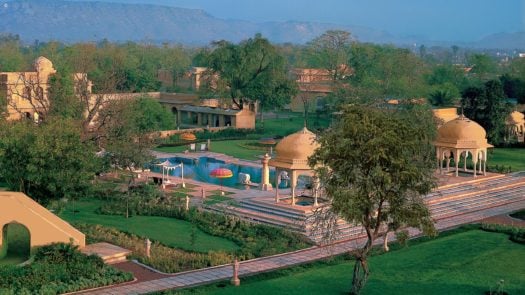
Rajmahal Palace
Built in 1729 as a private rural retreat for the Maharaja of Jaipur’s wife, Rajmahal Palace is an exquisite oasis in the heart of the city. In its heyday, this luxury residence was used to entertain the likes of Queen Elizabeth II, The Duke of Edinburgh, Jackie Kennedy and the Shah of Iran. Today, the 14 royal apartments have been transformed into opulent suites and palatial rooms. As well as elegant rooms, the Rajmahal Palace comes with an art deco pool, relaxing spa and three dining options. For foodies, afternoon tea on the lawn is also a must-do.
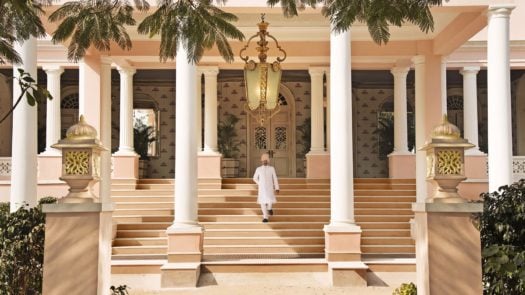
Discover India's Golden Triangle
Feeling inspired? Speak to one of our expert travel designers to start planning your next trip to India.
